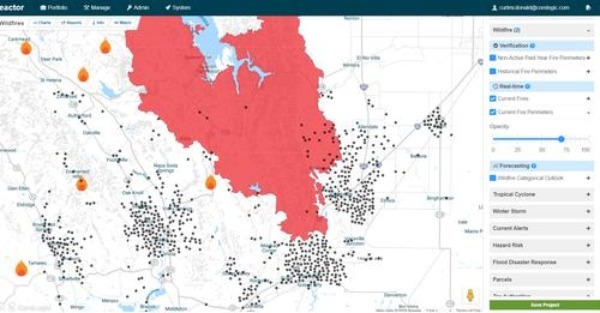How changes in claim management workflows are shaping the way restoration contractors and insurance carriers operate

A recent podcast featured Accurence VP of Innovation Tim Bruffey talks about what he learned during his 20 years as a contractor and how he sees changes in workflows affecting the way contractors and carriers do business.
In the podcast, Tim explains how he shifted from contracting to the software side of the industry. During his days as a contractor, he recognized that there were a lot of inconsistencies – even within the same insurance company. “One of the things that was an opportunity that I recognized in my days as a contractor was the inconsistency of both my estimators and the inconsistencies of the adjusters. Adjusters, you could have an adjuster A, an adjuster B from the same insurance carrier, and they would give you two different stories about what their company guidelines were. It was very confusing. It also caused a lot of issues with potential profitability.”
Tim said that when an adjuster for the same carrier would tell him two different stories, he couldn’t accurately predict his profitability. That, combined with his own estimators and sales teams’ inaccuracies, was the drive behind Tim wanting to find a solution that would eliminate these inconsistencies. This led him to join the Accurence team.
Rapid advancements in technology as well as an aging adjuster workforce are leading to changes in insurance companies claim management workflows. Simply put, a claims management workflow is just how the carrier goes through the process of settling a claim. The traditional workflow was typically that a policyholder would contact the insurance company and an adjuster would be sent to the property. “This traditional workflow is changing,” explained Tim. “There has been a lack of recruitment by carriers to bring on new adjusters. The average age of the independent adjuster is 59 years old and they are retiring. Carriers are needing to find new ways to fill the gap.”
Carriers are beginning to experiment with new workflows and they are using technology to help. “We see carriers using an inside-outside model where you have an inspector, who is not an adjuster, go out and look at the damage then meet with the policyholder. After the information is gathered, they pass it on to someone at a desk on the inside who will write the estimate.” Tim explained that the carriers are using different technologies to pass that information, including FaceTime-like apps that allow the information to be shared in real time with the desk adjuster.
How insurance technology is affecting contractors
In the traditional workflow where an adjuster is sent to the home, there was an opportunity for the contractor to be on site, review the damage together and sometimes negotiate a little on the scope and the estimate. If the insurance adjuster is never going to be onsite, the contractor won’t have a chance to communicate with them, to set themselves apart or present a professional package.
Tim says that contractors can stay ahead of the curve by having information and being prepared. “A well-written estimate with good documentation and photos with captions will go a long way to setting your company apart,” Tim explained. “Having information is generally the best way to prepare yourself. Being aware that the changes are coming and using a technology solution that helps you be accurate and consistent every time eliminates the worry that your estimators might miss something.”
“You as the contractor are actually going to do the work which means you are going to be more thorough. Using a technology tool like Accurence helps you capture why you are saying what you are saying and gives you a consistent and accurate package to present to the insurance company.”
Learn more about contractor solutions from Accurence.






















Comments
Leave a Reply
Have an account? Login to leave a comment!
Sign In